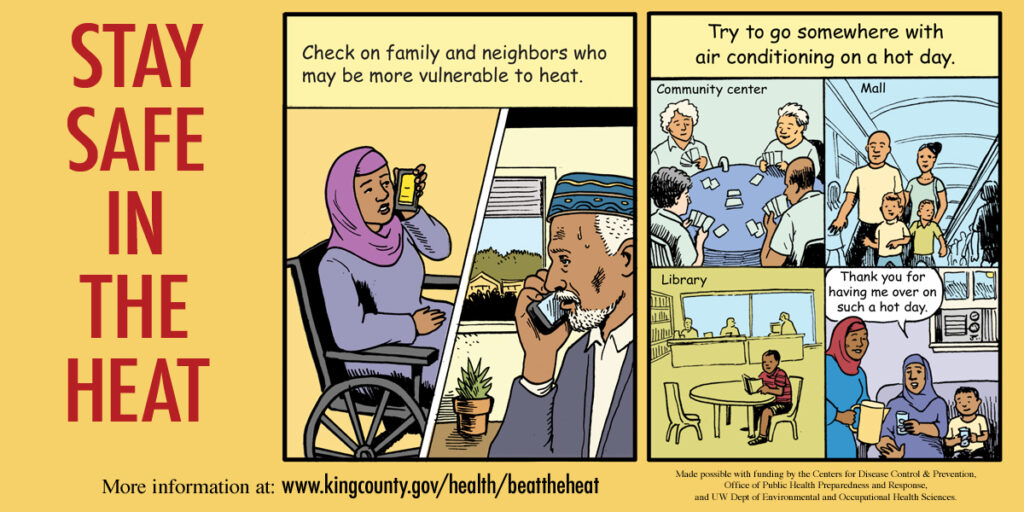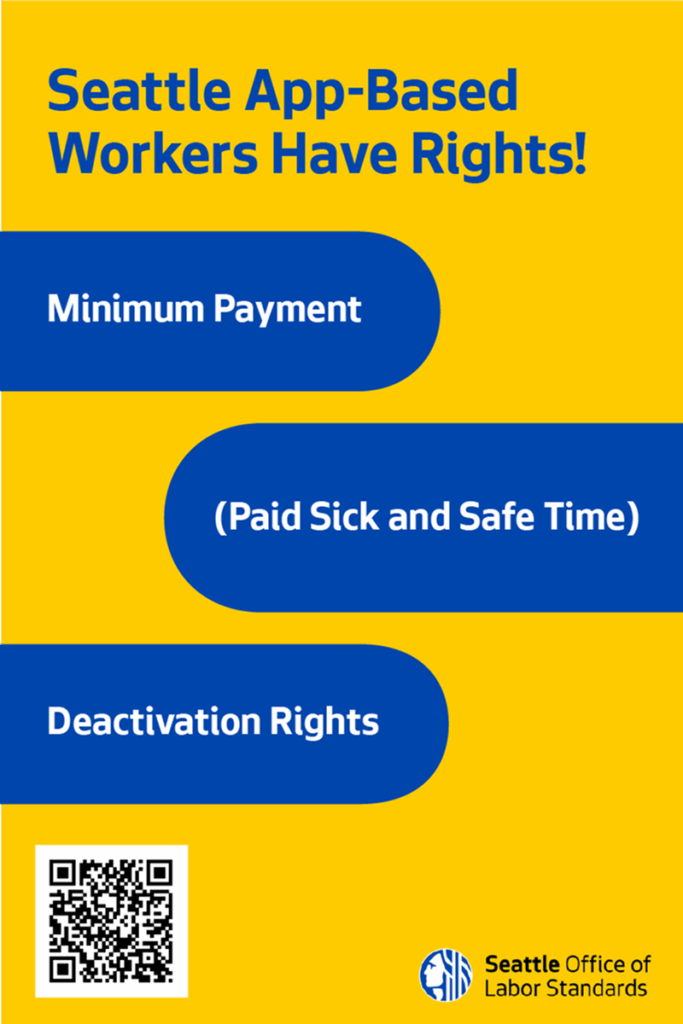
Thousands of Iranians and other protesters gathered in Trafalgar Square in response to the death of Mahsa Amini, who died in police custody in Iran after being detained for allegedly not wearing a hijab “properly” in public. [GETTY]
By Fatima Fareed
In Iran, Women’s rights have been a topic of dispute for decades. Despite advances in many areas, including education and employment, Iranian women continue to face significant challenges and limitations to their freedom. Iranian women battle for fundamental human rights, from forced head coverings to limited access to education and healthcare. Mana Shooshtari, an Iranian American feminist activist claims that the subjugation of women and girls in Iran dates to decades. “They can’t wear what they want to wear. They can’t say what they want to say. [And] they are not going to stand for it anymore.”1.
An area in which Iranian women face significant barriers is access to educational opportunities. Although Iranian women have high levels of education and account for more than half of the country’s university students, women continue to be grossly underrepresented in the workforce, particularly in authoritative positions. Females are taught solely arts and humanities to perpetuate the idea that they are physically and cognitively weaker than guys. Boys are taught science, technology, math, and athletics to make them feel stronger, smarter, and family leaders.2 This is due in part to discriminatory law that restricts women’s access to specific occupations, as well as societal ideas that believe women to be inferior to males. Moreover, this is because discriminatory legislation exists. The Iranian family rules are founded on Islamic law and often limit the liberty and mobility of women. For instance, a lady may need her husband’s consent to go abroad.
The hijab, or headscarf, that all Iranian women are required to wear in public is one of the most prominent symbols of gender discrimination in the country. The “Morality Police” (MP) may harass, imprison, punish, and even flog women who do not cover their hair and bodies while out in public.3
In 2017, Iranians began the “White Wednesdays” movement, in which they wear white headscarves or other apparel on Wednesdays to show their disagreement to the country’s obligatory hijab policy.3 This clothing code was adopted in Iran during the 1979 Islamic Revolution, which established a theocratic government. Women who refuse to wear the hijab face retribution, penalties, and even imprisonment. In addition to being a violation of women’s rights, the compulsory hijab is a symbol of the Iranian dictatorship’s authoritarian nature.4
Activists for women rights in Iran have led campaigns calling for gender equality in school and the workforce, as well as campaigns against the mandatory wearing of the headscarf. Because of the advocacy work that they have done, these individuals have been subjected to serious dangers, including incarceration and intimidation.
Violence against women is also a major issue in Iran. Domestic violence is widespread in Iran. Honor killings, in which women are slaughtered by family members for claimed violations of the family’s honor, are also very common, e.g., domestic violence is a serious issue, and women who disclose abuse may be further victimized by a court system that often favors males. By neglecting to combat violence against women, the Iranian government sends the impression that such violence is acceptable5.
Moreover, Iranian women’s reproductive rights are severely curtailed. Abortion is illegal unless the woman’s life is in jeopardy. Women who engage in sexual behavior prior to marriage or who fall pregnant outside of marriage face social and legal ramifications. The Iranian government’s severe sexuality and reproduction regulations violate women’s bodily autonomy and deprive them of the right to make decisions about their own bodies.6
Many foreign organizations have campaigned to promote women’s rights in Iran. The United Nations has condemned Iran’s treatment of women, urging the government to abolish the mandatory headscarf and expand women’s access to education and healthcare. Human rights groups have also tried to help Iranian women’s rights activists and raise awareness of the challenges they face.
Women and girls in Iran have fought for their rights in the face of discrimination and injustice, and they possess exceptional qualities and skills. Even with all the constraints, they represent almost sixty percent of university students. They excel in a wide range of activities. Many of them are attorneys, physicians, authors, and poets who serve as role models for younger generations. Iranian women face a lot of barriers, yet they have continued to struggle for their rights, and foreign groups have sought to support them. Individuals and governments may help Iranian women in many ways. Iranian women’s groups might be supported financially, donating to organizations that educate, treat, and train Iranian women may help them continue their work. Signing Iranian women’s rights petitions may also express support. Petitions may raise awareness and compel the government to act. Governments may also help Iranian women as they may push Iran to enhance women’s rights. The fight for women’s rights in Iran is part of a larger struggle for human rights and democracy in the country, and it is crucial that we continue to assist women’s rights activists in their efforts to effect change.









